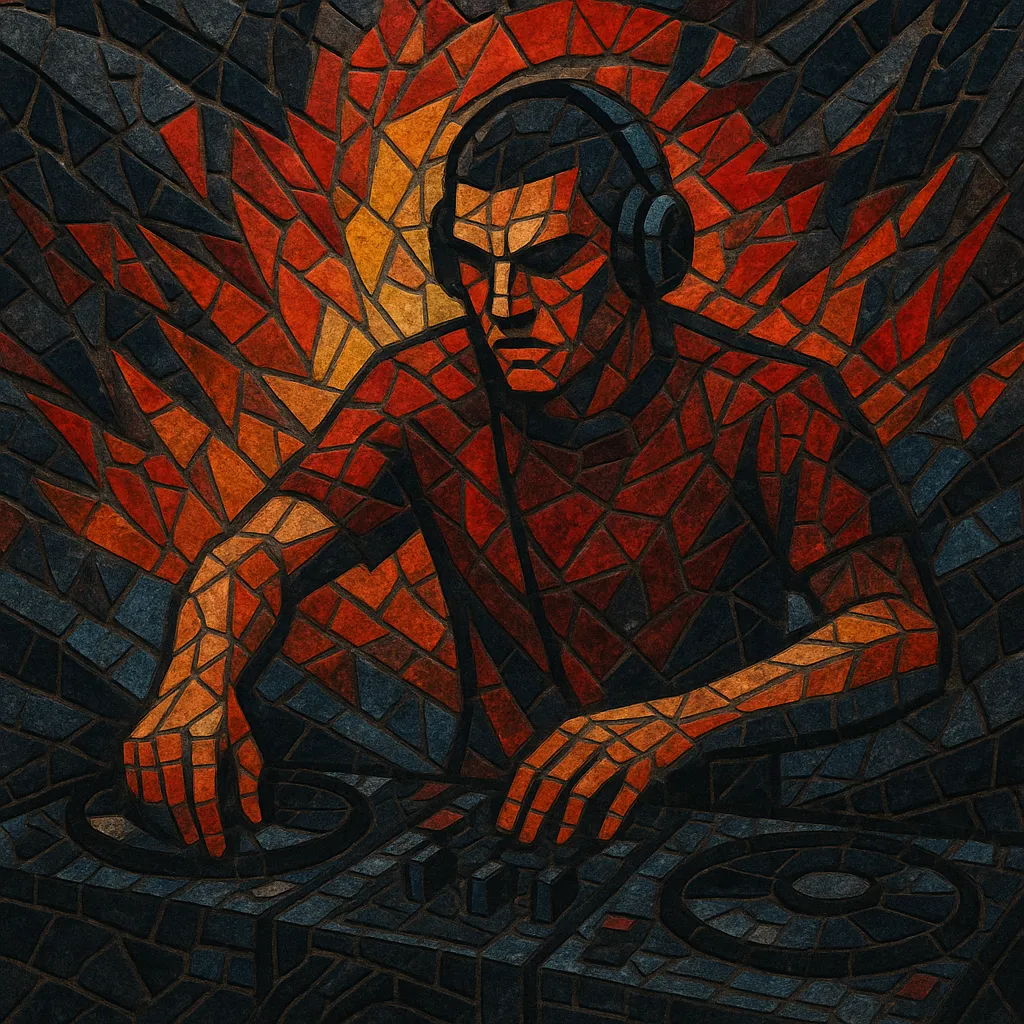Frenchcore is a high‑tempo subgenre of hardcore techno characterized by heavily distorted, punchy kick drums, straight 4/4 rhythms, and anthemic, often euphoric melodies.
Its typical tempo ranges from about 180 to 210 BPM, with modern tracks frequently around 190–200 BPM. The signature sound is a hard, saturated kick with a short, clipped tail that drives the groove, accompanied by aggressive leads, rave stabs, and energetic risers.
While rooted in the roughness of gabber and industrial hardcore, frenchcore often adds a melodic, even uplifting edge—sometimes drawing on classical motifs or emotional chord progressions—making it well suited for peak‑time festival moments as well as free‑party systems.
Frenchcore emerged from France’s free‑party/teknival movement in the late 1990s, where mobile sound systems pushed harder, faster variants of hardcore. Producers and DJs influenced by Dutch gabber and industrial hardcore began emphasizing ultra‑distorted, driving kicks at higher tempos, shaping a distinctly French approach within the wider hardcore techno spectrum.
Through the 2000s, French labels and crews tied to the free‑party network helped codify the sound: relentless 4/4 rhythms around 180–200 BPM, clipped and saturated kick drums, and harsh yet catchy synth leads. The scene thrived in warehouses, fields, and teknivals, circulating tracks on white labels and small imprints while building a loyal underground following across France and neighboring countries.
In the 2010s, artists championing melodic songwriting, orchestral motifs, and festival‑ready arrangements brought frenchcore to larger stages and international audiences. The genre’s trademark kick design and break‑to‑drop structures aligned with big‑room sensibilities, helping it cross over from the free‑party circuit to major hardcore events and global festivals.
Modern frenchcore continues to evolve, blending cinematic harmony, psy‑influenced sound design, and ever‑tighter kick engineering. It remains a staple at European hardcore festivals, while still connected to its free‑party roots—fast, fierce, and purpose‑built for high‑energy dance floors.


